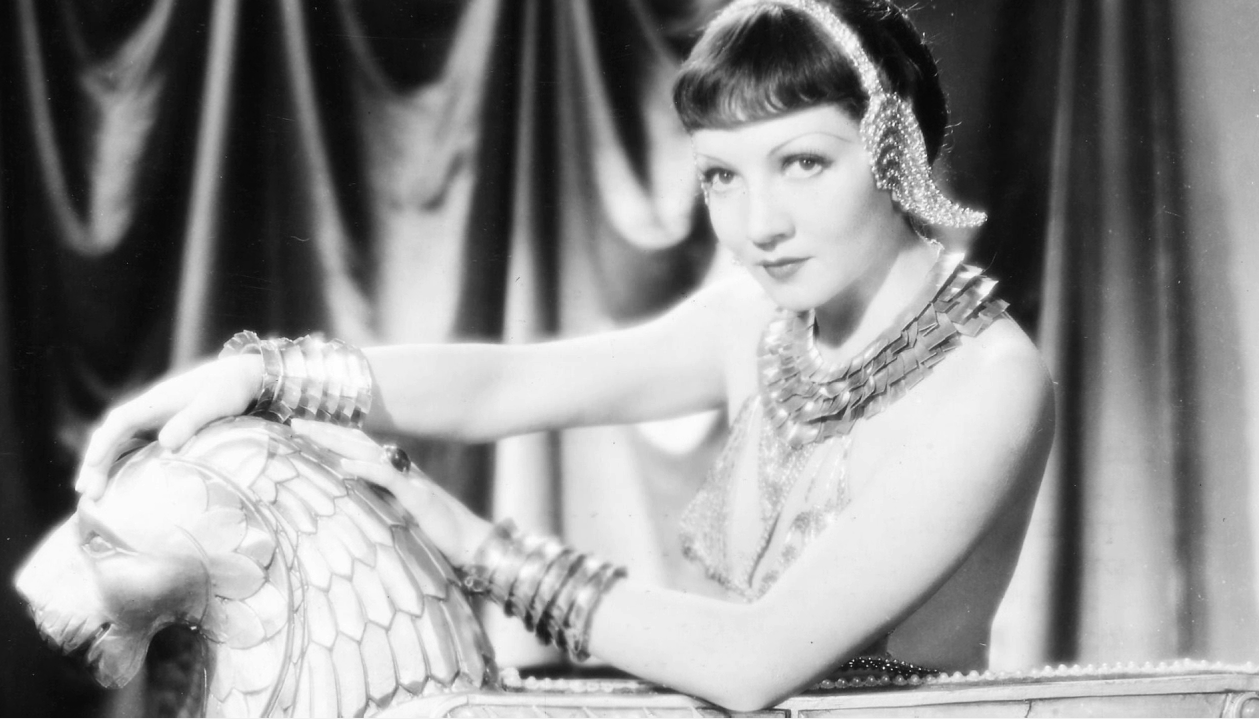Searching for Cleopatra: The Nature of Things still delivers in an era of empty pseudo-science TV
By Jim Slotek
When something’s been around 60 years, you tend to take it for granted. That’s the case with CBC’s The Nature of Things.
We live in a time when cryptozoological beasts like Bigfoot are considered fodder for Animal Planet, and, elsewhere on cable, ancient aliens are either history or science.
Meanwhile, The Nature of Things host David Suzuki has continued to put his imprimatur on no-BS Canadian-produced documentaries weekly.
Claudette Colbert, one of Hollywood’s Cleos.
Case in point: When Geraldo Rivera opened Al Capone’s vault on live TV after a sensational buildup, he found… nothing. Which, oddly, is the core of reality TV. They will never find Bigfoot on Finding Bigfoot, and they will never find the fabled treasure of Oak Island on The Curse of Oak Island. That would be the end of the show.
But when archeologist Kathleen Martinez opens a tomb in tonight’s Searching for Cleopatra, she finds… mummies. You are, by proxy, among the first handful of people to enter the burial chamber at the palatial Taposiris Magna near Alexandria in 2,000 years. I’m not sure how directors Susan Teskey and Rosalind Bain arranged to position their cameras for this grand unveiling, but it is exciting without forced breathlessness or dramatics.
Kathleen Martinez opens a 2,000 year door.
Neither of the pair of mummies is Cleopatra, of course. That would be some pretty big news. But in the academically-motivated search for history, it is a huge step towards that news.
In the meantime, Martinez has found and restored coins that bear the Ptolemaic pharaoh’s relatively accurate image (such coins would have been approved by the ruler herself). It sounds uncharitable to hear Cleopatra described as having “a hooked nose, wide forehead, sunken eyes and indented chin.” But it underscores the counterpoint to her historical image as a seductress who literally slept her way to the top.
Cleopatra spoke eight languages and was an accomplished scholar. She knew how to govern, and after leading an army to defeat her brother’s forces at age 21, she ruled seven million people from Ethiopia to Syria. She was the most powerful woman in the world at the time.
PROUDLY SUPPORTS ORIGINAL-CIN
And yes, she knew how to become strategically pregnant, bearing Julius Caesar’s son when she was allied with him, and having three children with Mark Antony when he was a good bet to win the subsequent civil war after Caesar’s murder in the Roman Senate.
But in the kind of insight you don’t get from reality-TV, it’s driven home that her eventual Hollywood image (as portrayed by the likes of Elizabeth Taylor, Theda Bara and Vivien Leigh) was entirely the invention of the Roman victors. Islamic scholars, among others, turned out to have kept a richer history.
Searching for Cleopatra does end up on a kind of cliffhanger note, like the end of an episode of something, but that can’t be avoided. I do look forward to the sequel, which will probably make headlines before you get a chance to see it.
Searching for Cleopatra. Directed by Susan Teskey and Rosalind Bain. Airs on CBC, Friday, January 8 at 9 p.m.




